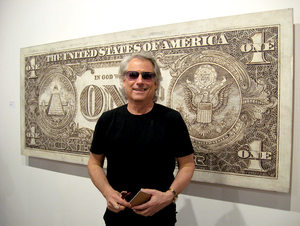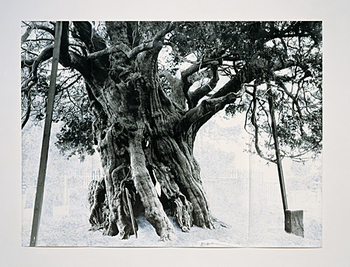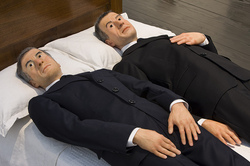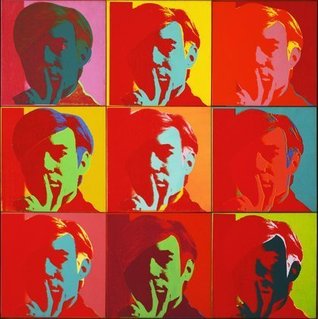Contemporary art collector Mickey Cartin has a beef — well, many beefs — with Chelsea galleries nowadays, and the art that’s in them. It has turned him from an omnivorous art collector, who until recently spent many hours prowling those galleries, into an art curmudgeon.
Listen to a few of the things  he said in an article on ArtNet, all direct quotes:
he said in an article on ArtNet, all direct quotes:
- [Having just spent four hours in Chelsea, two looking at good shows], during the other two hours I felt the same disappointment and frustration that I have been experiencing over the last few years.
- …it made me angry and also made me wonder if it is a good thing that so many young artists seem to be selling things for so much money.
- I do not think that artists should starve — it would be great if they made a good living. It would also be better if merit and quality had something to do with that.
- …if you consider the kind of people that become Hollywood stars, you will know why the proliferation of wealth and fame at the exclusion of quality poses a grave motivational problem for young artists. Movie-goers keep buying tickets, and consumers of “art” keep buying meaningless things.
- …Someone should help this ever-increasing stable of uninspired artists to realize that they would be better off going to dental school.
- …can we blame the art dealers for their indiscretion and for their insistence on showing so much work that fails to inspire? …it is not their fault that they are able to sell such vacant garbage for such high prices….even the greatest, most inspiring art dealers are, in the end, merchants.
- It must be the consumers. In the art world, they are for some reason called “collectors.”
- Chelsea has evolved into a place that discourages art collectors from visiting it. The market supports the ongoing existence of these consumer-driven galleries. Art collectors don’t want to sift through 200 worthless venues to find one or two inspiring, challenging exhibitions, or one or two exciting objects.
Cartin has been collecting for a long time, and in 2006 he sold the electrical company his grandfather founded and he once headed, and opened up a temporary exhibition space for his collection in downtown Hartford (his hometown). I am not sure whether it’s still open, or what is on the walls now. Its website is “undergoing renovation,” and Cartin’s curator, Steven Holmes, was recently appointed to be adjunct curator at the Bass Museum in Miami Beach.
Now I agree that a lot of contemporary art isn’t worthy of the appelation “art.” Twas ever thus, wasn’t it?
But the funny thing about Cartin’s whole piece is that he admits, in his third paragragh, that “Now I live less than a mile from Chelsea and I rarely get over there.”
So how, precisely, does he know? Is he judging by what he sees at, say, art fairs? Going on hearsay? Looking at websites?
Inquiring minds would like to know.
Photo Credit: Courtesy of ArtInfo

 Today, Hawass got the news he has been predicting: In the case that charged him with corruption at the bookshop at the Egyptian museum, he was acquitted by a criminal court,
Today, Hawass got the news he has been predicting: In the case that charged him with corruption at the bookshop at the Egyptian museum, he was acquitted by a criminal court, 

